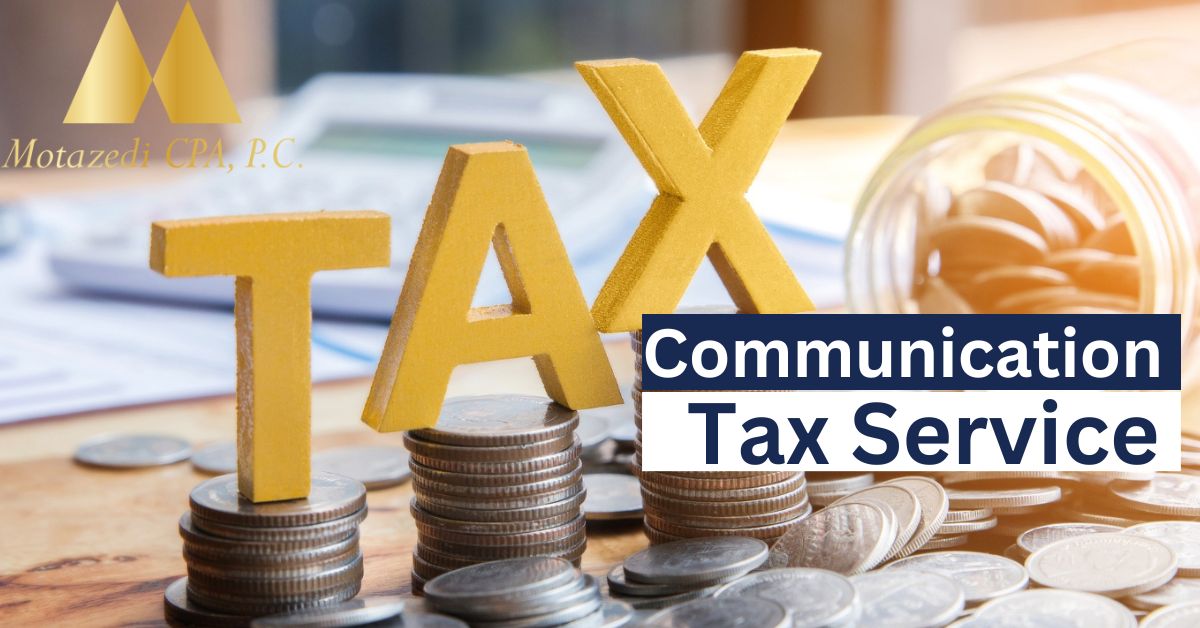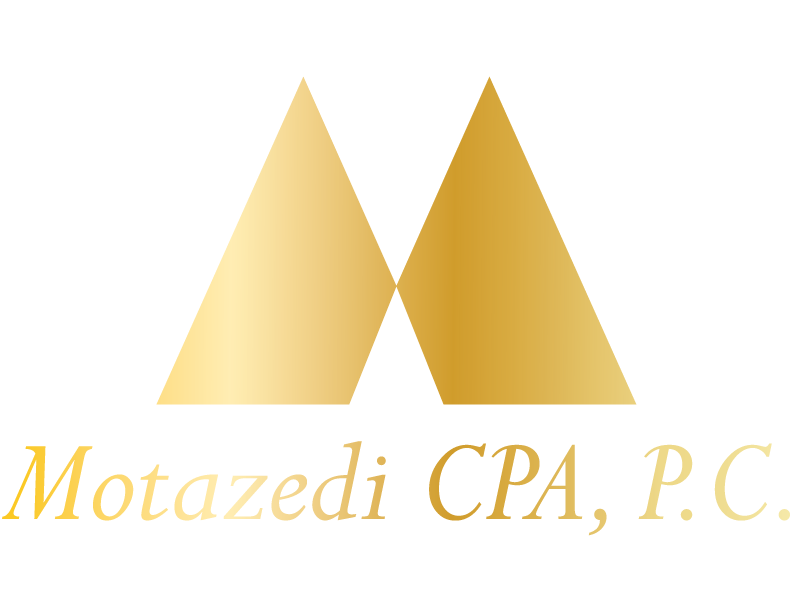A young entrepreneur launches a business in a thriving market. As he starts making business calls and sending necessary text messages to clients, the invisible levy of the Communication Service Tax or CST tax becomes a financial subplot in his business plan. This subtly influences the cost of his business and shapes the financial aspect of his venture.
This financial reality is embedded in the everyday lives of individuals, entrepreneurs, and professionals worldwide.
The different rates, rules, and regulations across jurisdictions make communication tax compliance complicated. So, it is important, especially for businesses, to understand the types of services that are subject to tax and compliance challenges they may face.
In this discussion, you will learn how this particular type of tax works, where every digital exchange carries the weight of tax and the promise of progress. Also, you will learn about compliance, which will help you avoid penalties.
Get a Comprehensive Idea of Communication Tax
Communication Service Tax (CST) covers a bunch of taxes and charges. These apply at different levels of government in the United States, including the national, state, and local CST.
This kind of tax is imposed on communication services, such as:
- Voice calls
- Text messages
- Data usage
The term “Communication Service Tax” sounds complicated, but let’s break it down into simpler terms. It involves various charges imposed by the government, both nationally and locally.
On the national level in the United States, the Federal Communications Commission (FCC) is like the referee for communication services. They oversee radio, TV, wires, satellites, and cables across the country. The FCC collects fees from communication providers to fund its operations.
There’s also the Universal Service Fund (USF), a federal program that helps out low-income folks, schools, libraries, and healthcare providers in rural areas. The money for USF comes from contributions made by telecom companies.
Now, at the state level, things can get a bit different. Each state has its own set of rules. Most states ask communication companies to collect a State Universal Service Fund (USF) surcharge. Many states also have an additional fee for Telecommunications Relay Services (TRS). Some states go even further, putting taxes on things like prepaid wireless services, text messaging, or streaming services.
| In a nutshell, the Communication Service Tax is a way for governments to fund and regulate the services we use for talking, watching, and connecting with each other. It’s like a collection of small fees that add up to support different programs and services at both the national and state levels. |
History of Communication Service Tax
The federal telephone excise tax is a kind of tax imposed by the U.S. government on certain communication services, like what you use with your phone. And there is no specific time when communication tax started.
Now, here’s an interesting twist: even though many people think this phone tax has been around forever, it’s actually been taken away and brought back a few times. Usually, this happens during times of war or when the country is going through tough economic times.
Because of its connection to war, some people who are against war taxes have had issues with this telephone excise tax. They see it as something that keeps coming back, especially during challenging times. So, this tax has a bit of a history, coming and going, often tied to the bigger events happening in the world.
Who Are Required to Pay Communication Tax?
Take the telecommunications tax, for example. Instead of directly charging the person using the phone, the tax is collected by the phone company when you pay for their services. So, even though you might not see a separate line for this tax on your bill, it’s included in what you pay to the phone company. However, the following service generally pays the tax:
1. Traditional Telecoms
Approximately 307 million people in the US were using smartphones as of 2022. These people avail telecom services from the big players, like AT&T and Comcast Corporation. They often bundle internet, voice, and cable TV services together. And they must pay a telecom tax. States and local areas rely on them for tax revenue because they’ve been around for a long time, and there are rules in place to regulate the services they provide.
- Tax rate ranges from 0% to 6.6%.
2. Wireless Carriers
Verizon, AT&T, and T-Mobile are the major wireless phone carriers in the U.S. Many other smaller carriers piggyback off these major ones. These wireless carriers are expanding to provide internet access in areas where traditional broadband isn’t available, using radio waves to transmit signals.
- Tax rate ranges from 0% to 23.69%.
3. VoIP and UCaaS Providers
VoIP lets you make calls using the internet, and UCaaS providers combine voice, video, and messaging in one platform. Companies like Vonage and RingCentral are examples. Taxing these services can be a bit tricky, especially when it comes to deciding what features should be taxed.
- Tax rate ranges from 0% to 6.6%.
4. Streaming Services
Platforms like Netflix and Disney+ are replacing traditional cable TV. State and local authorities are figuring out how to tax these services, especially as they expand their offerings and include ads.
- Tax rate ranges from 0% to 11.5%.
5. Internet of Things (IoT)
The IoT includes smart devices like fridges and trackers. Whether these devices are taxed depends on how they connect to the internet. Taxing internet access itself has some rules, and it gets more complex when it comes to specific uses like controlling a remote power substation.
- Taxes depend on the type of connectivity.
6. Managed Service Providers (MSPs)
MSPs offer various IT services, from network management to cybersecurity. They can face challenges with communication tax because they provide a mix of services that might be taxed differently.
- Tax rates range from 0% to 6.6%
7. Communications Platform as a Service (CPaaS) and Software as a Service (SaaS)
Companies like Twilio provide communication services for businesses. Taxing becomes complicated when these services are combined and offered as a package.
- Tax rates range from 0% to 6.6%
8. Telco Connectivity and Infrastructure
This category includes fiber providers, satellite services, colocation facilities, and software-defined networking (SDN). Fiber providers offer high-speed internet, while satellite services bring connectivity to remote areas. Colocation facilities may be liable for communication taxes on services they use. SDN solutions are becoming popular, but the tax rates and regulations for these services can vary.
- Taxes depend on the type of connectivity.
What Are Compliance Challenges for Communication Services Tax?
Businesses, big or small, face a bunch of challenges when it comes to dealing with communication taxes. These challenges include:
- Keeping up with changes in tax rates and regulations
- Determining which services are subject to tax
- Collecting and remitting taxes to the appropriate government agencies
- Maintaining accurate records
To keep things in check, businesses need to know the tax laws that apply to what they’re selling. They’ve got to calculate the right taxes, keep track of sales that are exempt from tax, file paperwork, pay the taxes, and make sure they have all the necessary licenses.
Ending Remarks on Communication Service Tax
This tax is like a complex financial puzzle affecting people, entrepreneurs, and businesses worldwide. This discussion has explored the historical context of these taxes, highlighting how they often appear during significant events like wars or economic crises.
Understanding this tax is crucial, especially for businesses. It involves various charges imposed by governments globally, shaping how we communicate and fund essential services. The entities required to pay this tax, ranging from traditional telecoms to wireless carriers, streaming services, and more, show how widespread its impact is across different industries.
Understanding the complexities of Communication Service Tax requires businesses to stay alert, informed, and adaptable. If you want to tackle these challenges, you can always consult with us.
FAQs on CST Tax
Get further information from the following questions:
Why Do You Need to Pay Communication Service Tax?
This tax serves to finance the costs of state and local emergency (911) systems. It covers various fees, including traditional telecom taxes, newer streaming taxes, regulatory fees, public utility fees, emergency fees, and more. Businesses may be responsible for different fees based on the services they offer, such as 911 and 988 fees, the Federal Universal Service Fund (FUSF) fee, Telecommunications Relay Services (TRS) fees, Utility User Taxes (UUT), and the Communications Services Tax (CST).
In Florida, the Communication Services T
How Does Florida Communication Services Tax Work?
ax (CST) is imposed on each sale of communication services. Dealers typically collect the tax from customers and then report and pay it to the Florida Department of Revenue. If a dealer doesn’t collect tax from a customer, the responsibility falls on the customer to pay the communication services use tax. The CST comprises two parts: the Florida communications services tax and the local communications services tax. Dealers must clearly itemize these taxes on the customer’s bill, adding them to the price of the services sold.
Which State Needs to Pay Communication Service Tax?
The responsibility for paying communication service tax varies by country and service type. In the United States, the federal telephone excise tax is imposed on the person paying for communication services but is collected by the receiving entity, usually the telephone company.
What Is the Rate of Communication Service Rate?
The communication service tax rate varies based on the type of service and provider. Here’s an overview of tax rates for various services:
- Traditional Telecoms Tax: 0% to 6.6%
- Wireless Carriers Tax: 0% to 23.69%
- VoIP and UCaaS Providers Tax: 0% to 6.6%
- Streaming Services Tax: 0% to 11.5%
- Internet of Things (IoT) Tax: Varies
- Managed Service Providers (MSPs) Tax0% to 6.6%.
- Telco Connectivity and Infrastructure Tax: Varies
What Is the Telecommunications Tax by State?
Telecom tax rates differ across U.S. states. On average, the wireless tax rate is 12.1%. Illinois has the highest rate at 34.9%, while Washington and Arkansas follow closely. Idaho has the lowest wireless tax at 15%. For a detailed state-wise breakdown, the Tax Foundation is a helpful resource.


